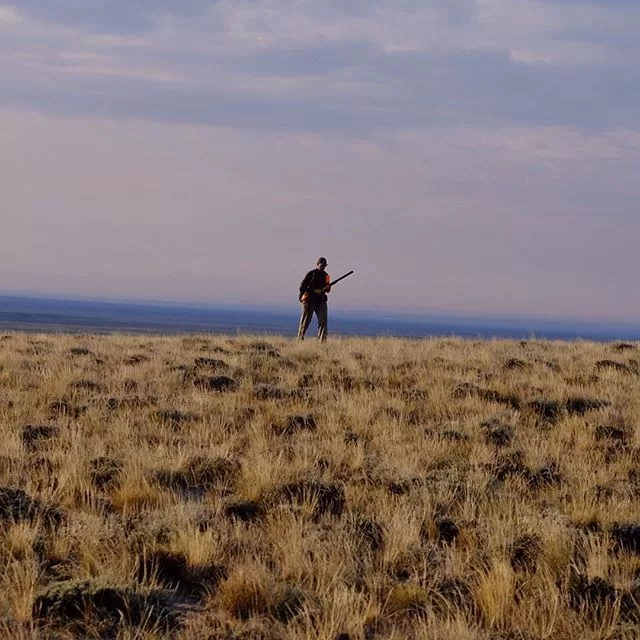Hunting the Grey Ghost – Sage Grouse Hunting in Wyoming
By Edgar Castillo
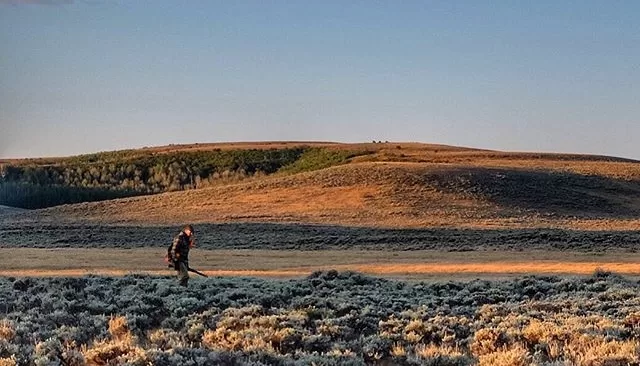
A Bit About the Sage Grouse
Memories still abound from our 2017 trek, when we traveled for more than 700 miles from Kansas to the Wyoming high desert in search of sage grouse. We had decided to forgo the annual early-season prairie chicken hunt across the Flint Hills, only to replace it with another opener: the search for spiny-tailed grouse across the public lands of the Cowboy State.
We quickly realized that everything was big when it came to sage grouse. Big country. Big birds. Hunting North America’s largest grouse across such expansive and varied terrain was a far cry from what we “flatlanders” were used to. From the moment we inhaled the minty of sage and started walking, we knew that the trip would be an epic adventure. The experience would be nothing short of spectacular.
Widely considered a treasure and a challenge among wing-shooters, the sage grouse can attain two feet in height and tip the scales at over seven pounds. The largest of these specimens are referred to as “bombers.” Similar in size to a small turkey, one would think the grouse would be easy to spot. On the contrary. The birds seemed to dematerialize into specters. With their riveting plumage of light and dark black, brown, grey, and white feathers, the grouse can disappear with ease in the sagebrush prairies they inhabit.
It is the sage that gives life to the grouse. It offers food, shelter, nesting areas, and even leks (mating areas). Sage is essential to the bird’s survival.
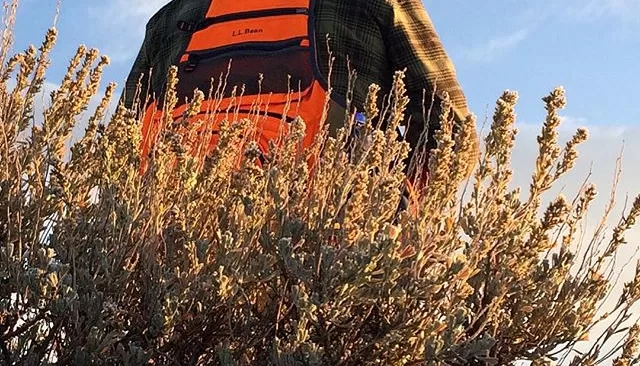
What To Expect When Hunting Sage Grouse
Our hunt began while we were driving down a bumpy dirt road a few miles into BLM land. Our destination was a spring that was known to have a high density of sage grouse. Just after crossing a deep break in the earth, we spotted a group of birds loafing along the roadway. The lazy birds seemed carefree as they meandered into the light green vegetation. Then they immediately vanished, blending into the sage.
Being the first sage grouse we had encountered, we immediately pursued them. What seemed like a raucous and disorganized event was actually a well-planned operation to flank the birds. The dogs cast out, and their noses led to corralling the grouse until they felt the need to take flight. They almost looked clumsy as they took to the blue sky, cackling as they desperately flapped their large wings.
A barrage of gunfire announced our presence. Wisps of smoke brought forth the smell of gunpowder. Two birds spiraled downward, causing a loud thud as they hit the bare ground. Those feathers that remained in the air eventually danced in the wind, only to be carried off by a crossing air current.
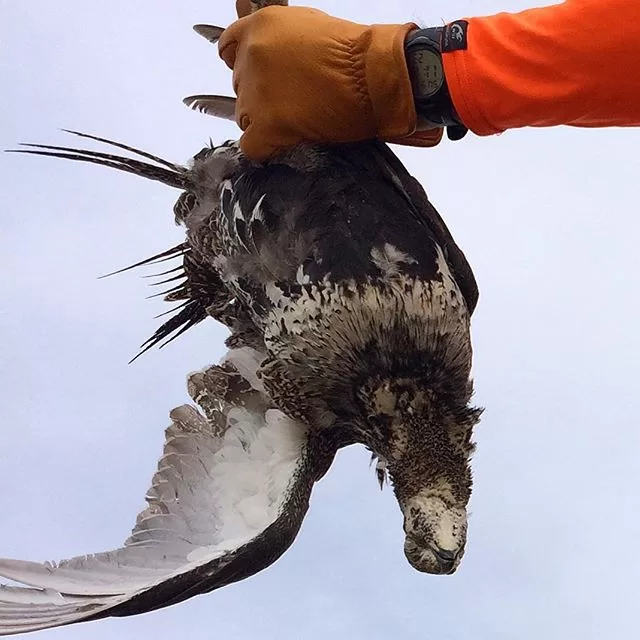
After our hoots of joy subsided, we collected the birds from the dogs and admired them, gently caressing the array of feathers. We spread out the tails like giant fans and felt the fluffy white ruffs on the breasts—males no doubt. Not necessarily “bombers,” but large birds indeed. The rest had sailed off into what seemed like infinity. Soon we were back on the road, but this time our eyes were peeled for grouse. We reached the spring and found what had been promised to us by the local game warden—an oasis of sage with a natural water source trickling out of the ground.
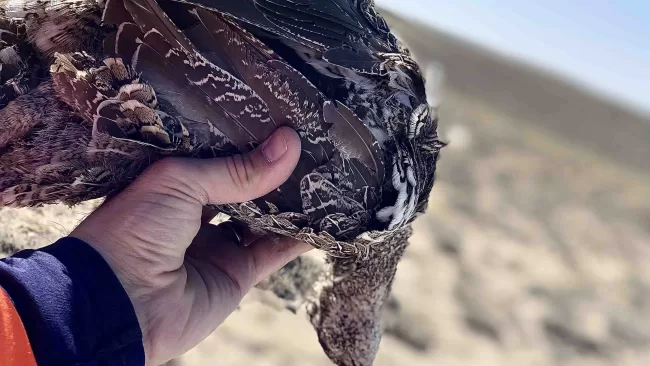
What transpired afterwards was five days of breathtaking views and exhilarating flushes. We traversed the gray sea like small ships with tiny orange sails affixed to our backs. We walked miles upon miles, sharing the landscape with inquisitive herds of antelope and prancing wild horses.
The intense aroma of sage wafted into our noses. With each inhalation, the warm menthol sensation brought a cooling feeling as it travelled down our nasal passages. The powerful scent clung to our clothes. We were enveloped in a never-ending vista of sage.
Protecting Sage Grouse
My own thoughts took me to the landscape and how vital the preservation of habitat was to the future of the sage grouse. I was grateful for the chance to hunt such an iconic bird. If it were not for the partnerships between ranchers, hunters, and conservationists, our group would not have had the opportunity to experience such a memorable pilgrimage. In the end the question that haunted me was whether or not this amazing upland bird has a future or will vanish like a grey ghost, along with its intricate connection to the sage flora. Only time will tell.
Edgar Castillo is a retired law enforcement officer for a large Kansas City metropolitan agency, where he worked 26 years. He also served in the United States Marine Corps for more than a decade. Edgar’s passion lies in the uplands, where he documents his travels across the country or wherever the dirt roads take him, hunting open fields, walking treelines, and bustin’ through plum thickets in a never-ending search for wild birds in wild places. Follow his adventures on Instagram: @hunt_birdz

